All images via Shutterstock
I have to take this moment to apologize. It turns out, dear readers, that I’ve been leading you astray. I thought I had this whole “being disabled” thing figured out — y’know, focusing on intersectionality, various forms of ableism, or political engagement — but nope! My mistake! Apparently I’ve been doing it wrong since birth and need to completely overhaul my approach. And who do I have to thank for such an urgent epiphany? The wide, wise world of Shutterstock.
Stock photos have taught us so much around here: what lesbian sex really looks like (twice over), the finer points of kink, even the true meaning of Christmas. I deeply regret waiting until now to explore their take on the disabled experience. Because my friends, what I’ve discovered therein is life-changing. Forget everything else I’ve ever told you and invest in these eleven principles immediately.
Here’s how to be disabled — the stock photo way.
1. Use a (manual) wheelchair.
How else will anyone know? Other mobility aids don’t really count — do you see them on parking spaces and bathroom signs? Yeah, didn’t think so. If you want people to believe that you’re disabled, you have to prove it to them in a familiar, comfortable way. Then they’ll know how much misguided guilt to project onto you, what to assume about your self-esteem, which questions are okay to ask (spoiler: doesn’t matter, they’ll ask anyway), and exactly how often to ponder the intricacies of your sex life.
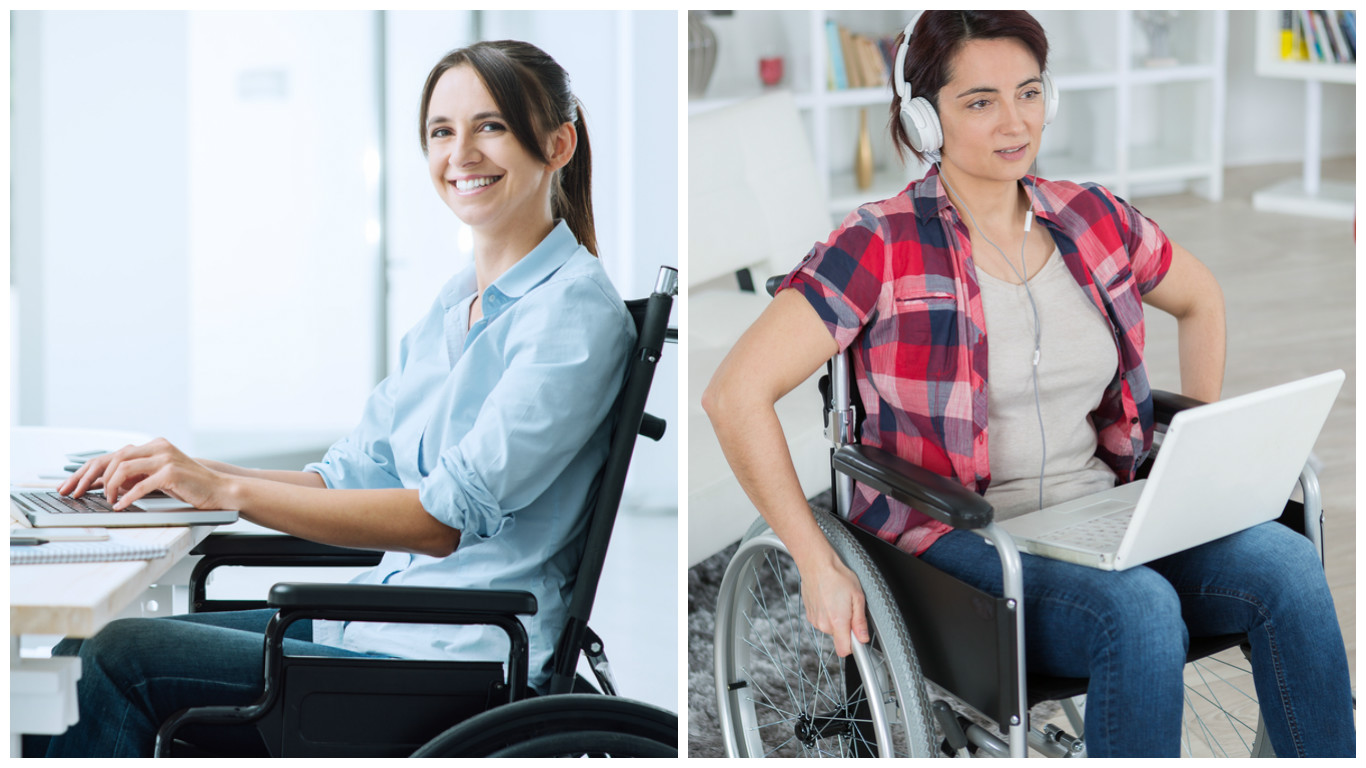
Invisible disabilities are useless in stock photos and particularly cruel to your audience. Could you imagine if they knew that disabled people are everywhere, all the time, even if they don’t realize it? And that supporting us involves more than installing ramps or calling Trump out on being a big bad meanie? The world would cease to turn! Nondisabled people can’t be bothered with that sort of critical thinking. So keep it simple and stick with the tried and true. There are a couple of exceptions — namely, white canes for blind folks and prosthetics for athletes or veterans — but otherwise, get yourself a chair that looks like it came straight out of a hospital in 1972.
2. And joyfully abandon it ASAP.
Because then you give the people what they really want: disability overcome. The joy is key here. You can’t just get out of your chair with no reaction or imply that you only use it sometimes (because anyone who does that is faking, obviously). It needs to be a climactic moment of victory, preferably your greatest achievement to date. No one wants to watch you integrate your disability into your sense of self. They need high drama, profound personal struggle, unrivaled bravery, and eventual liberation so they can keep assuming that being disabled sucks.

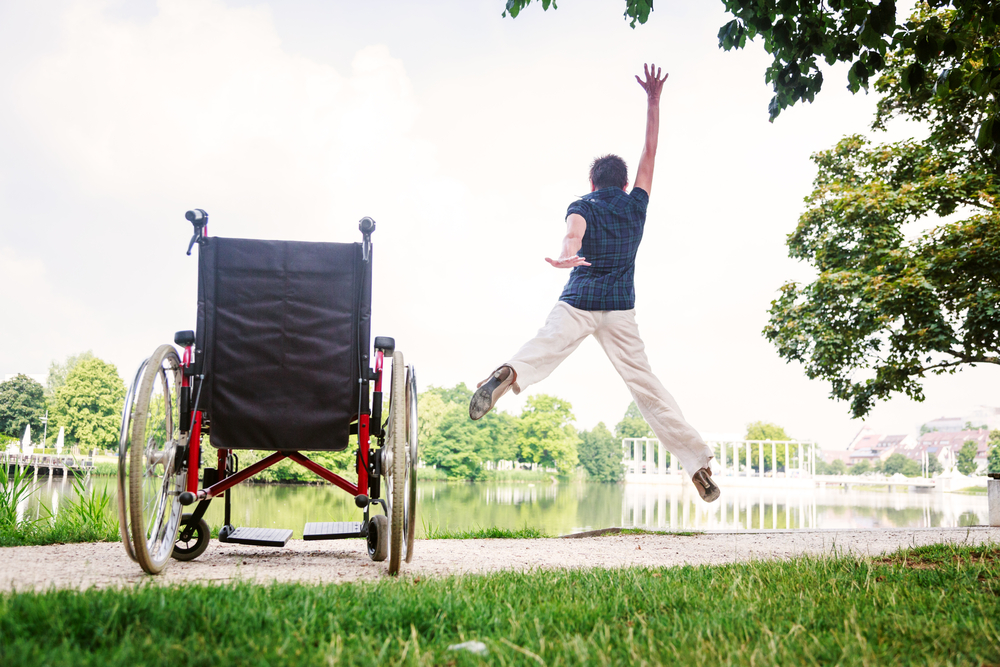
3. Alternately, stay out of the photo.
Search “disability” on any stock photo website (we use Shutterstock) and you can go pages without seeing an actual human person. Because at the end of the day, the chair gets the job done on its own. It’ll stir up all that familiar pity, unease, and confusion without having to acknowledge the fact that one billion people worldwide are disabled and therefore disability can’t actually be or mean the same things for everyone. Efficient!
Frame the chair different ways to elicit your desired reaction. Might I suggest Vaguely Foreboding…

Deeply Contemplative…

One day I’ll know
How far I’ll go
Suspiciously Placed…
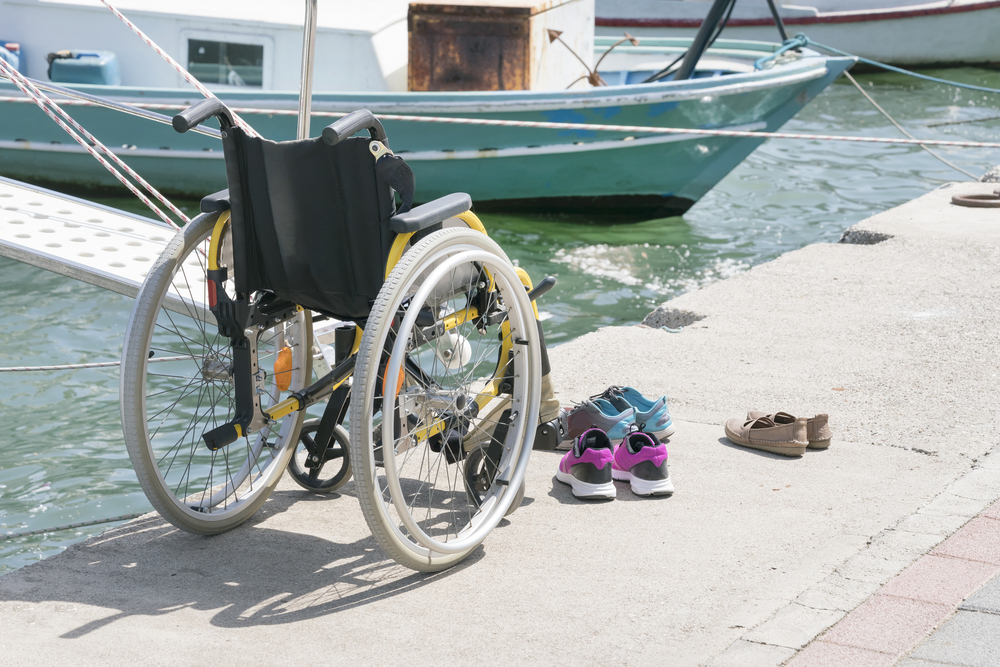
Or Anthropomorphized.
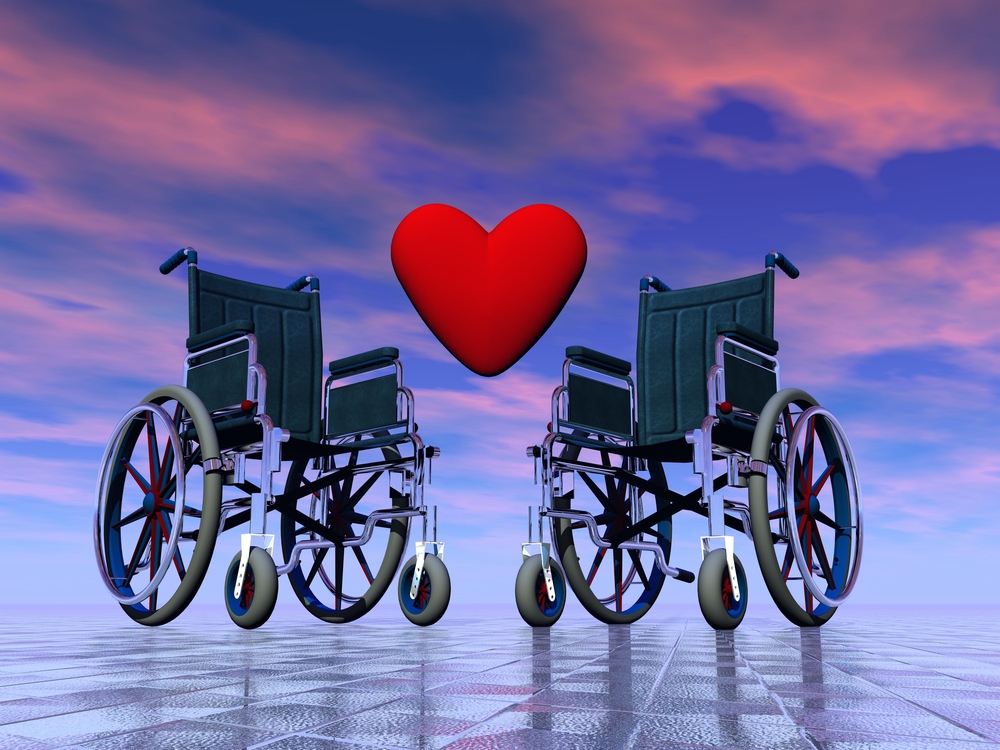
4. Embrace headlessness.
If you insist on taking up space, at least let the photographer crop your face out of the frame. Remember that you are literally not a whole person.
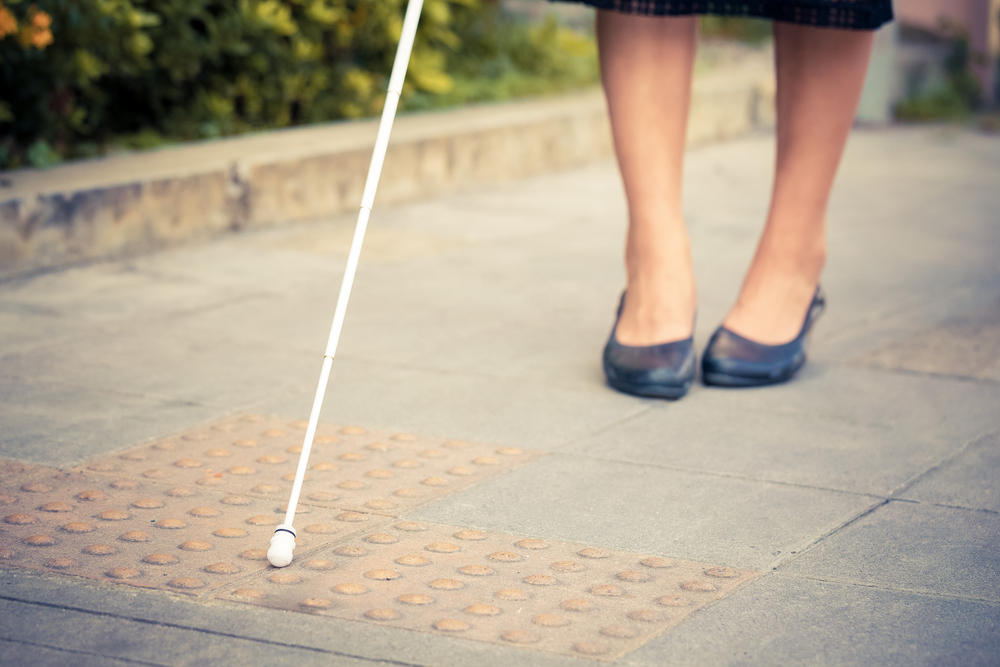
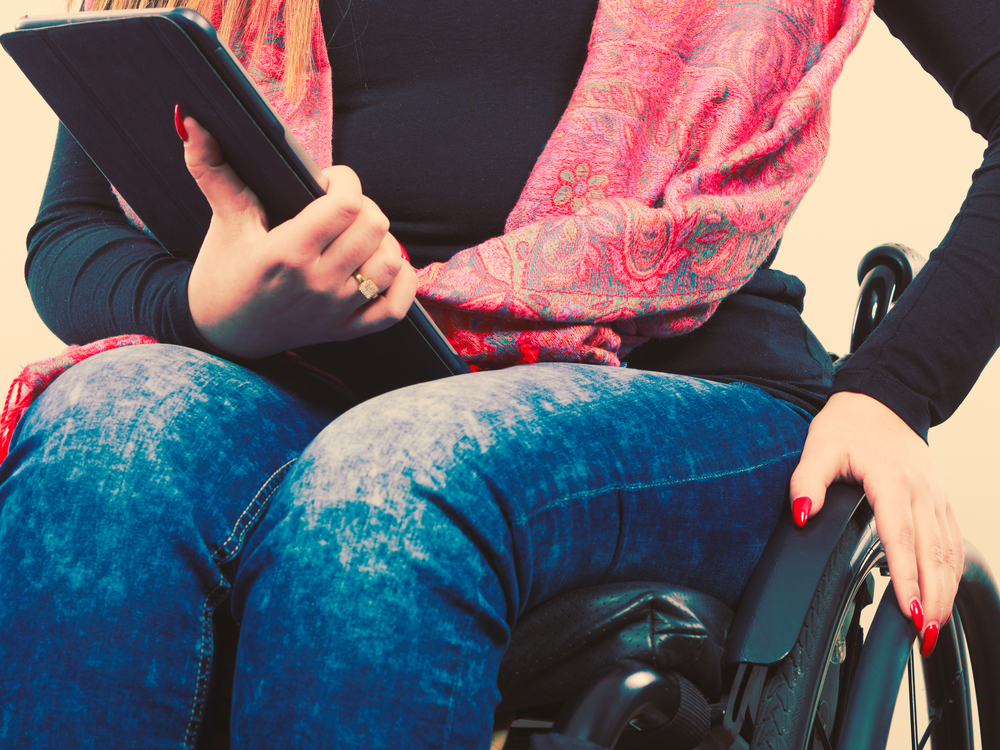
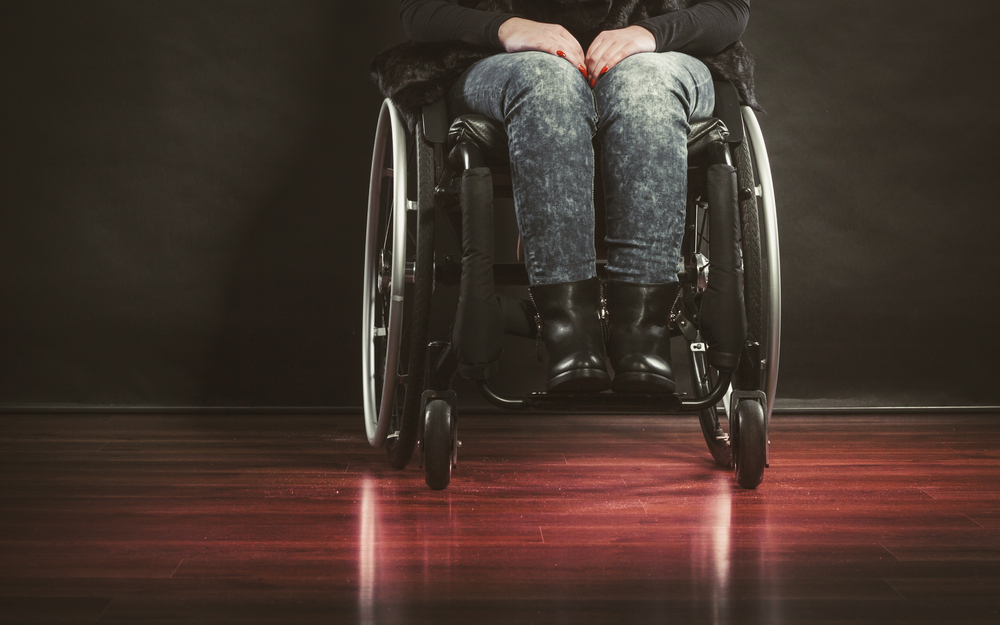
Legs of disabled person
Crippled female sitting on wheelchair
— A stock photo poem
5. Gaze out the window or exist in silhouette as often as possible.
Lighting counts! Remember your angles! Both of these poses suggest you are grappling with the meaning of life, which simultaneously makes you very profound and allows nondisabled people to feel So Inspired. If they’re not tearing up, you’re doing it wrong and should really care more about their opinions.

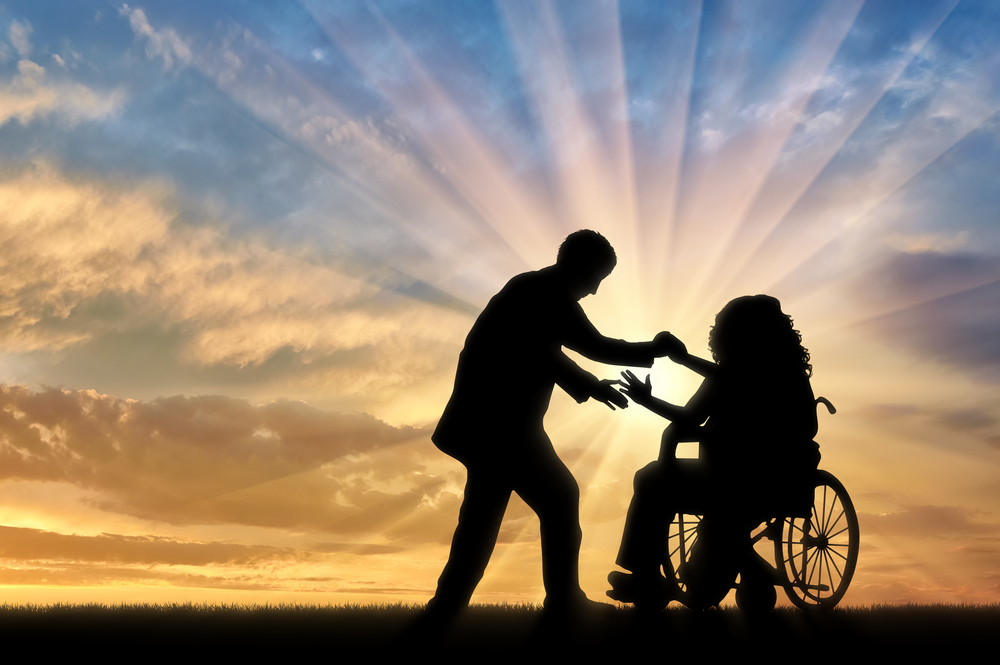
“Let me just —”
“SIR”
6. Raise your arms in triumph when outdoors.
This is the International Disability Feel-Good Signal and able-bodied people LOVE IT. Systemic underemployment? Precarious healthcare? A Presidential administration that insists we’ll be fine as long as we’re, y’know, not too disabled, or queer, or trans, or immigrants, or women? Who cares! Head on out to the beach/meadow/mountaintop and get those hands up high. Ain’t life grand?
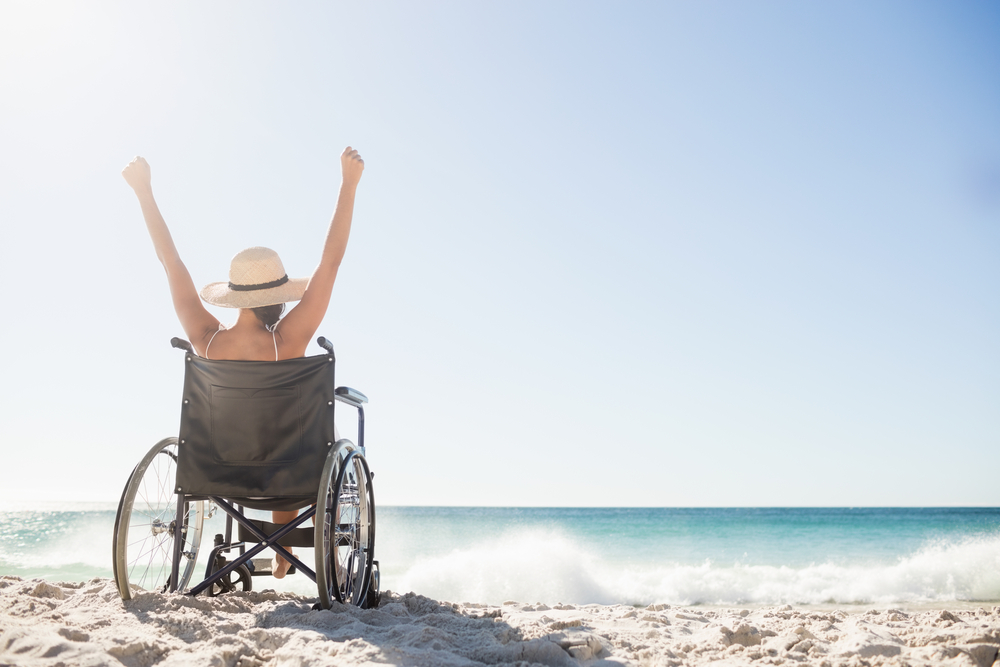
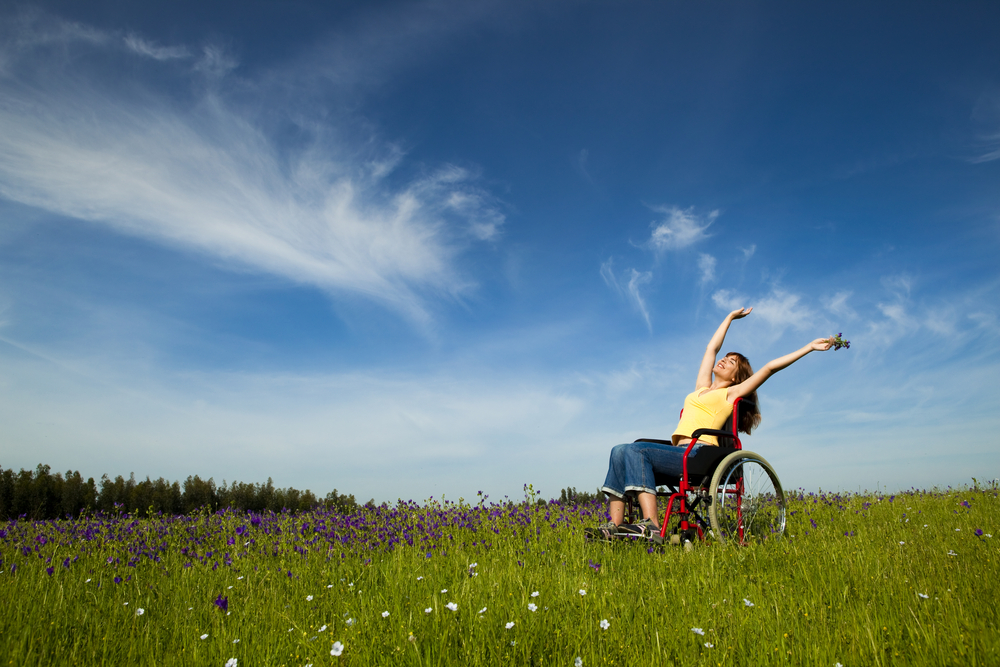

7. Be interchangeable.
No one’s gonna notice, right?
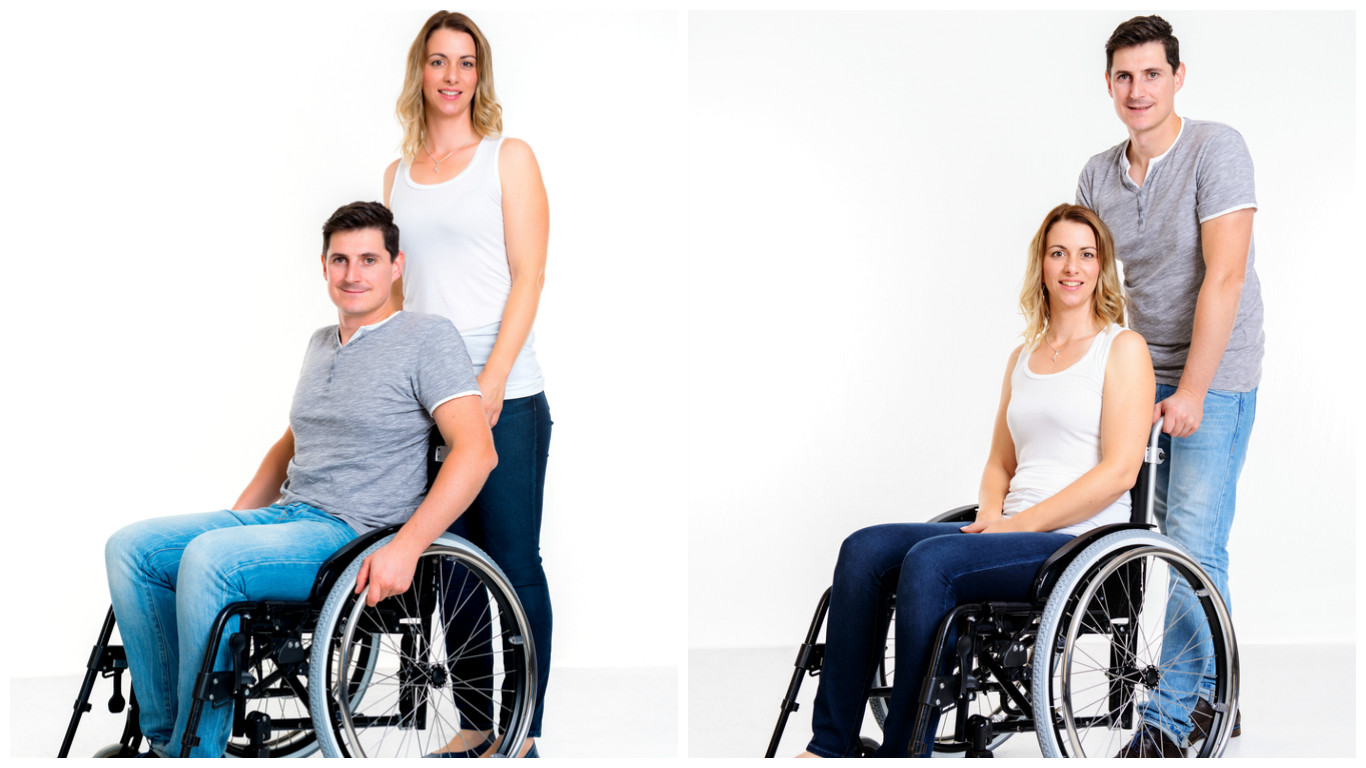
Whoopsie daisy. Whatever.
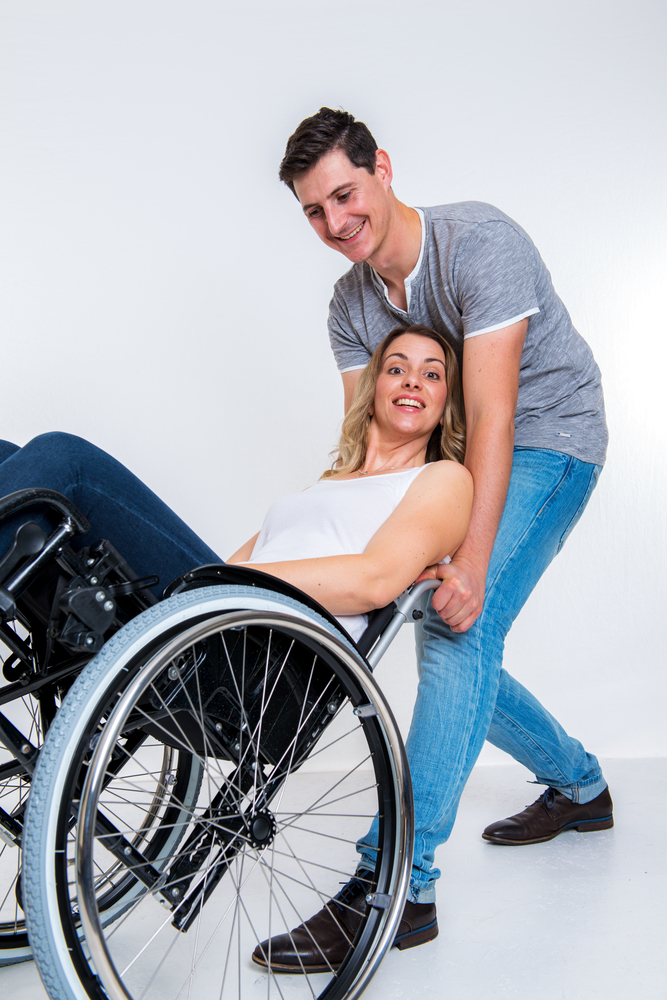
8. Seek divine healing.
Remember: God made you disabled because “He knew you could handle it,” but can also instantly reverse that decision if you pray hard enough. This isn’t confusing at all and you need to just accept it so we can move on with our lives.

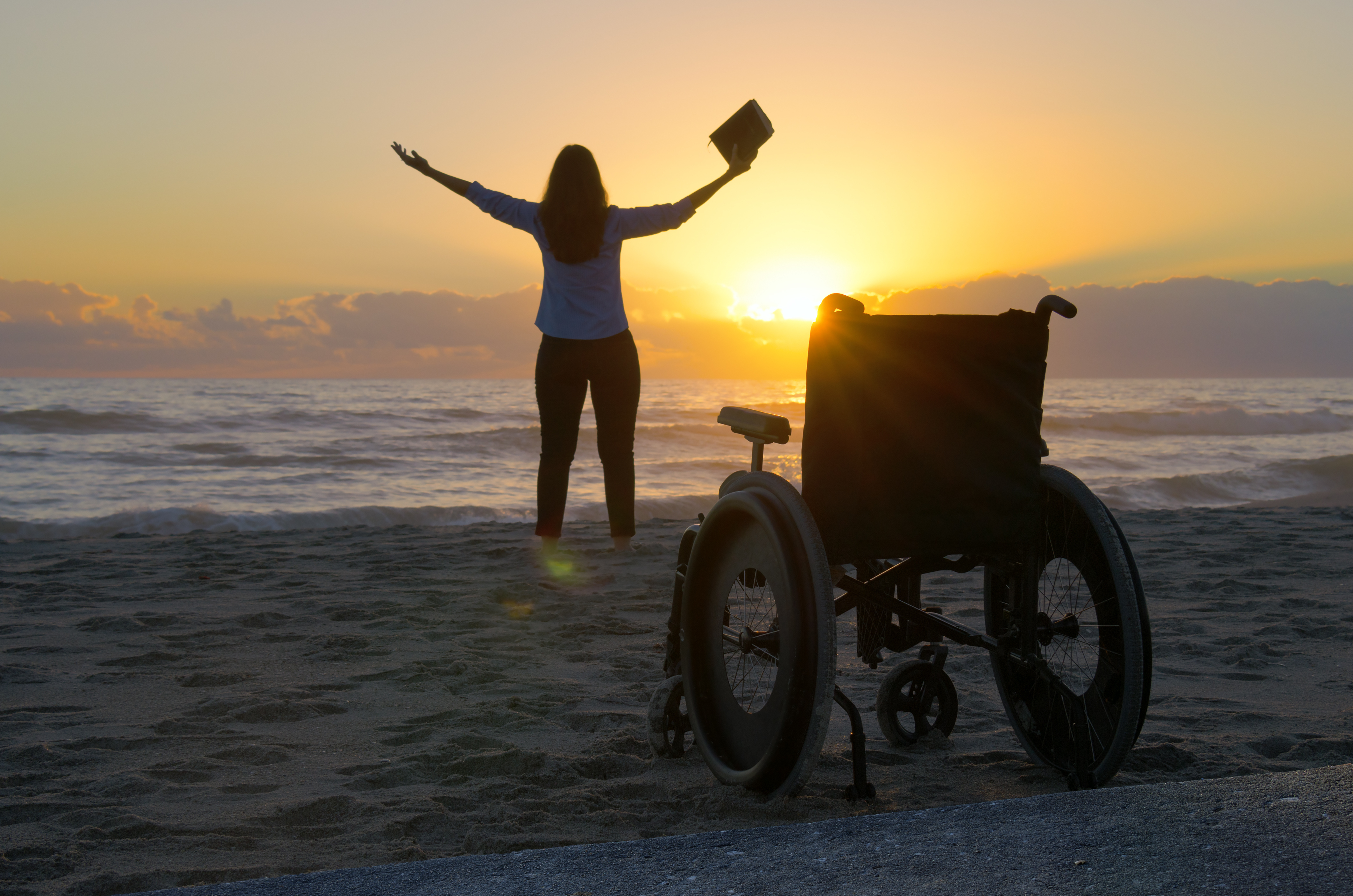
9. In the workplace, make sure you’ve got at least one able-bodied white guy with you at all times.
They will provide the “objectivity,” “business sense,” and “decisiveness” you otherwise lack — and can also explain why your requested accommodation is “just going to put too much strain on our budget this year.”


Also, you’re only allowed to hold vaguely-defined desk jobs. Anything else (doctor, lawyer, professor, artist, U.S. Senator) is unrealistic, really.
10. Related: Be white.
Unless you are also a cartoon man.
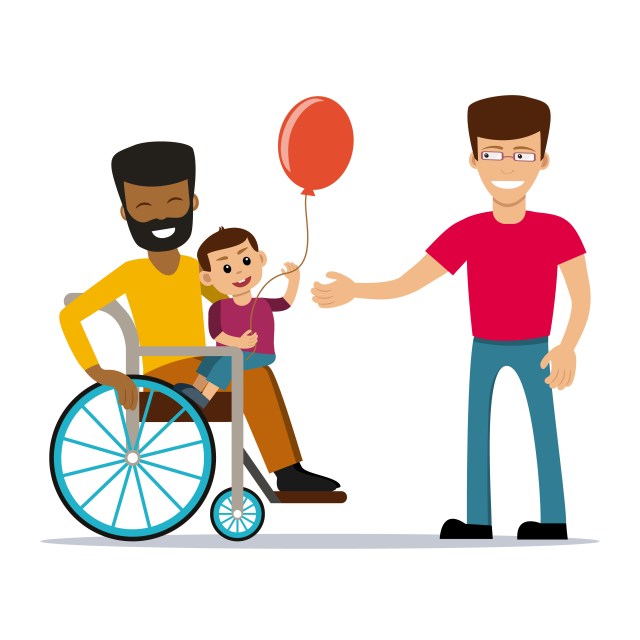
11. And remember to always ask the right questions about your sexuality.
Just kidding, there’s only one question:
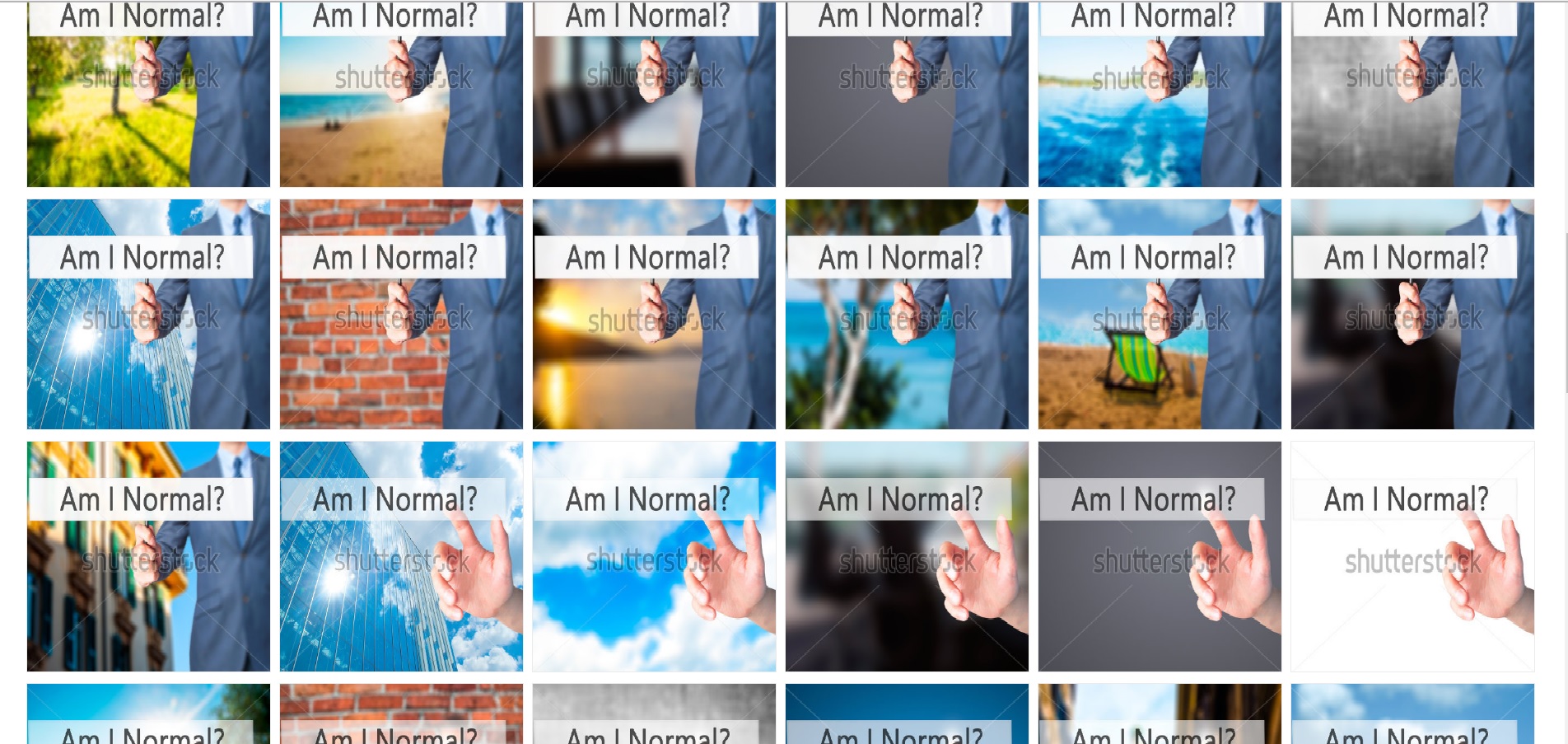
Am I Normals: 115
Disabled People in Sexual Situations: 0
And I think you know the answer.
Now if you’ll excuse me, I’m off to experience happiness on a hilltop at sunset.







